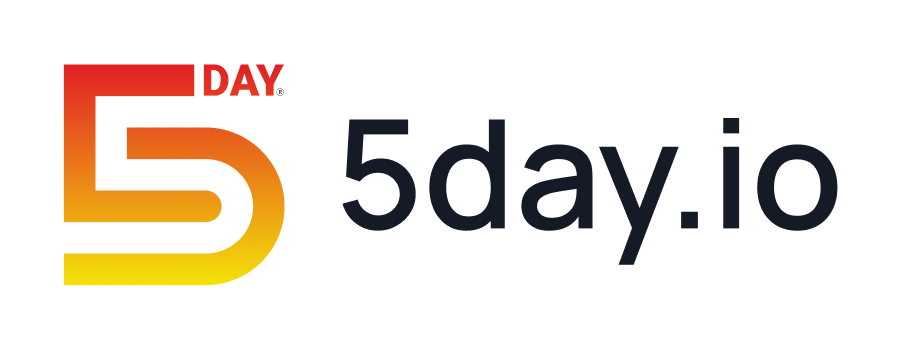Having a strong foundation is vital to every single project and can significantly improve your chances of success. Project initiation is a process that provides that foundation to every project.
It helps the stakeholders, and the teams understand the reason for starting the project. Think of it as a compass that will keep your project on track. A project initiation document turns your vision and hopes into an actual exploration of possibility backed by research.
This article will explore what project initiation phase is, its importance, and steps in project initiation process.
What is project initiation?
Project initiation is the very first step of the project management lifecycle. It is a point here you decide what project you want to take up, why you want to take up and which people will be involved in the process.
PMBOK, also known as Project Management Body of Knowledge by PMI states the 5 stages of project are:
- Project initiation
- Project planning
- Project execution
- Project monitoring and controlling
- Project closure
Project initiation is different than project planning. Project planning is a breakdown of how you want to execute the project once it is approved. It details specific deliverables, project goals and objectives. Planning focuses on the minutia of the plan project initiation document lays out.
A project initiation document deals with why the project should be undertaken and who will be involved in it. It is an overview of the entire project to check its viability and get stakeholder approval. Once you get their approval, the planning phase begins.
Why is project initiation important?
The beginning of a project can be exciting, full of dreams and ambitious.
However, it is important to know how beneficial the project will actually be to the business. That is where the project initiation document comes in. This phase outlines the need and higher-level outcome of starting the proposed project.
Project initiation helps the stakeholders determine if it is worth putting the effort and resources into the project or not.
6 steps in project initiation process
Now that we know what project initiation is and why it is important, let’s take a look at the 6 steps of the project initiation process.
1. Identify your why
Before you start planning for a project, it is important to understand its underlying purpose. The why sets a clear direction and aligns your team with the project’s core objectives.
By setting this foundation you can make sure that every decision is purpose-driven and that your team is motivated by a common goal. It also prevents misalignment and keeps the project focused on its intended outcomes.
2. Create a project charter
A project charter is a blueprint for your entire project. It outlines the project’s objectives, scope, and the roles of key stakeholders. This high-level overview helps you secure the stakeholder’s trust and buy-in before you start planning how the project will be conducted in detail.
Think of it as a guide or a point of reference for all the team members so there is no misunderstanding in terms of what the project aims to achieve.
3. Conduct a feasibility test
It is important to determine whether the project is viable or not, before you invest significant time and resources in it.
Conducting a feasibility test helps you assess the potential challenges and identify if necessary resources, like time, budget, and personnel are available.
This step ensures that you’re not taking on a project that’s doomed from the start, but one that has a realistic chance of success based on practical evaluation.
4. Identify the stakeholders
Stakeholders play a very important role in the success of your project. So, identifying them early on is crucial.
Key stakeholders often involve people such as executive leaders, project sponsors, or cross-functional teams that control budgets or resources. To pinpoint them, consider who needs to approve your project, who will provide resources, and who can influence the outcome.
5. Assemble your team and tools
How your project progresses depends heavily on the team you have and the tools they use. Forming a team with a good mix of skills and experience is crucial to tackle the challenges within the project as it progresses.
Similarly, employing project management tools like 5day.io helps in maintaining a cohesive project timeline, timely communication, and efficiency. It ensures that your team is not only prepared but also empowered to execute the project plan effectively.
6. Review your project checklist
Before presenting your project initiation document to the stakeholders, review it to see if all the critical elements are in place. A thorough review is important to make sure nothing is missed as a mistake can derail the project later on.






